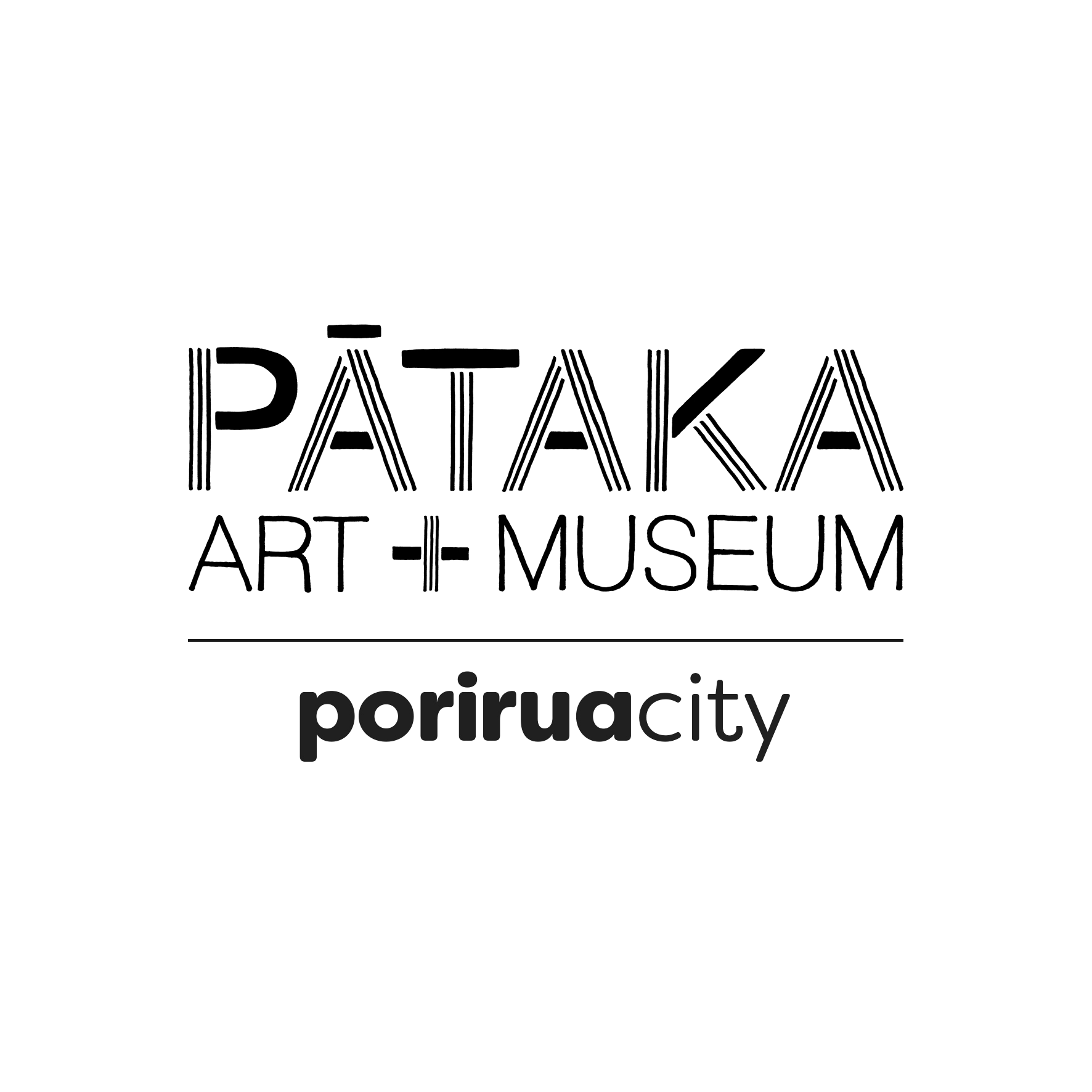CASE STUDY : Pātaka ART+Museum, Our Harbour / Te Awarua-o-Porirua
DATE : 2017 - present
NOTES : interactive installation; creative technologies & arts
LINK : www.pataka.org •. Our Harbour - Te Awarua-o-Porirua

*powered by iSPARX™
*we are bringing
creative
technologies
to Porirua
*benefits of creative technologies and immersive media in the arts:
Increased engagement and interactivity
Immersive media like virtual/augmented reality and interactive installations can provide more engaging and participatory experiences for audiences. This can create more memorable and impactful art.
Accessibility
Immersive and interactive art can provide more accessibility for those who cannot access traditional art spaces, like those with disabilities or in remote areas. Virtual exhibits can allow broader access.
Novel platforms for creativity
New technologies give artists entirely new mediums and platforms to express creativity in innovative ways not possible with traditional media. This can spawn new forms of artistic expression.
Preservation and recreation
Immersive media can help preserve artefacts and recreate lost or inaccessible artworks in vivid simulations and 3D models for posterity and education.
Economic opportunity
Immersive art and creative tech may create new revenue sources, jobs, and growth in the creative industries and technology sectors. They can help drive innovation and development.
Audience development
By providing interactive and shareable experiences, immersive art can help attract new and younger audiences that respond to experiential and digital media. This builds future patronage.
Better understanding
Immersive experiences that evoke empathy, emotion, and new perspectives can help audiences understand and appreciate art more deeply. This furthers art's social and cultural impact.
*creative technologies can expand art's boundaries, accessibility, and audience while driving innovation - but care is needed to utilise them thoughtfully.
*powered by iSPARX™


